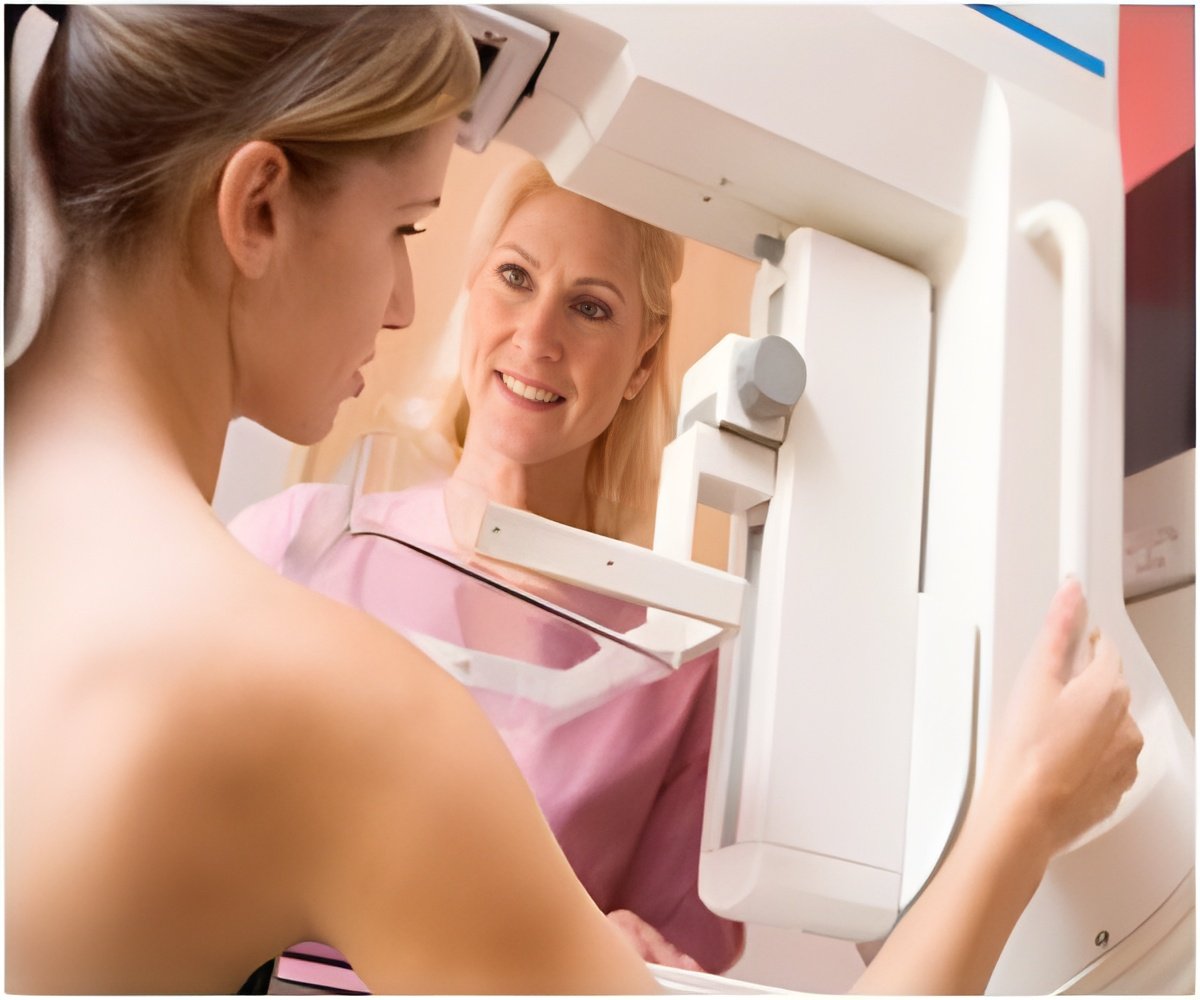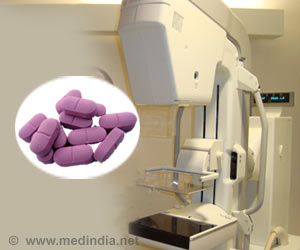
This finding coincides with implementation of the Affordable Care Act, which mandates that foreign-born residents who are lawfully present in the United States will be eligible for health care coverage beginning January 1, 2014. The current pathway to citizenship in the United States is naturalization after five years of legal permanent residency.
"Our findings offer pioneering evidence for the potential protective effects health care and immigration policy reform could have for immigrants -- particularly for non-citizens, one of the most vulnerable populations in the United States," said Patricia Y. Miranda, assistant professor of health policy and administration, Penn State. "Based on these findings we suggest that limits of duration mandates -- or the increased probability of cancer screening women are projected to have if they receive citizenship sooner than five years in the United States -- be reduced. This may be an important consideration in immigration policy that ensures preventive health care and reduction of cancer disparities for immigrant women."
Researchers in this study consolidated data from the Medical Expenditure Panel Survey and the National Health Interview Survey and then analyzed all results from 2000 to 2010.
Source-Eurekalert









